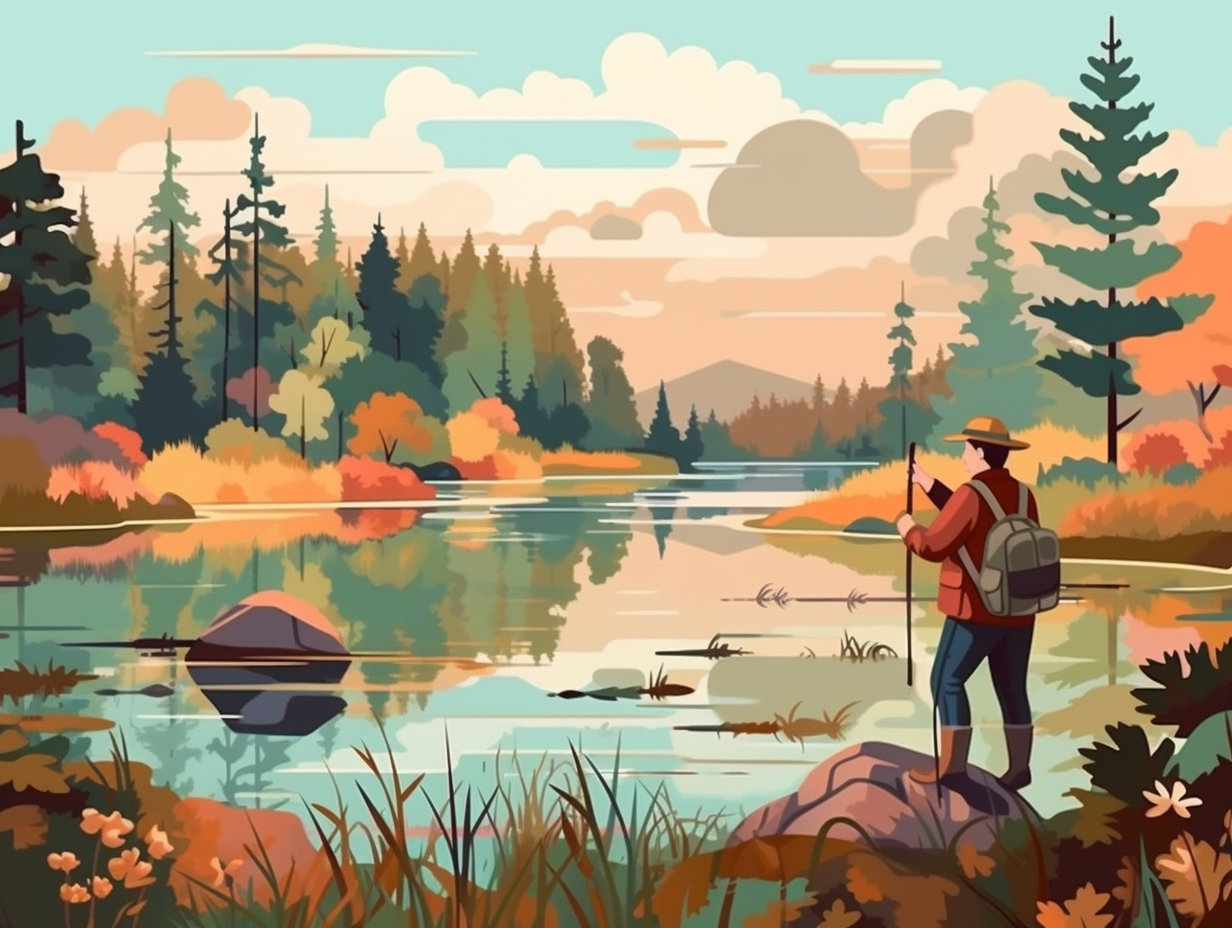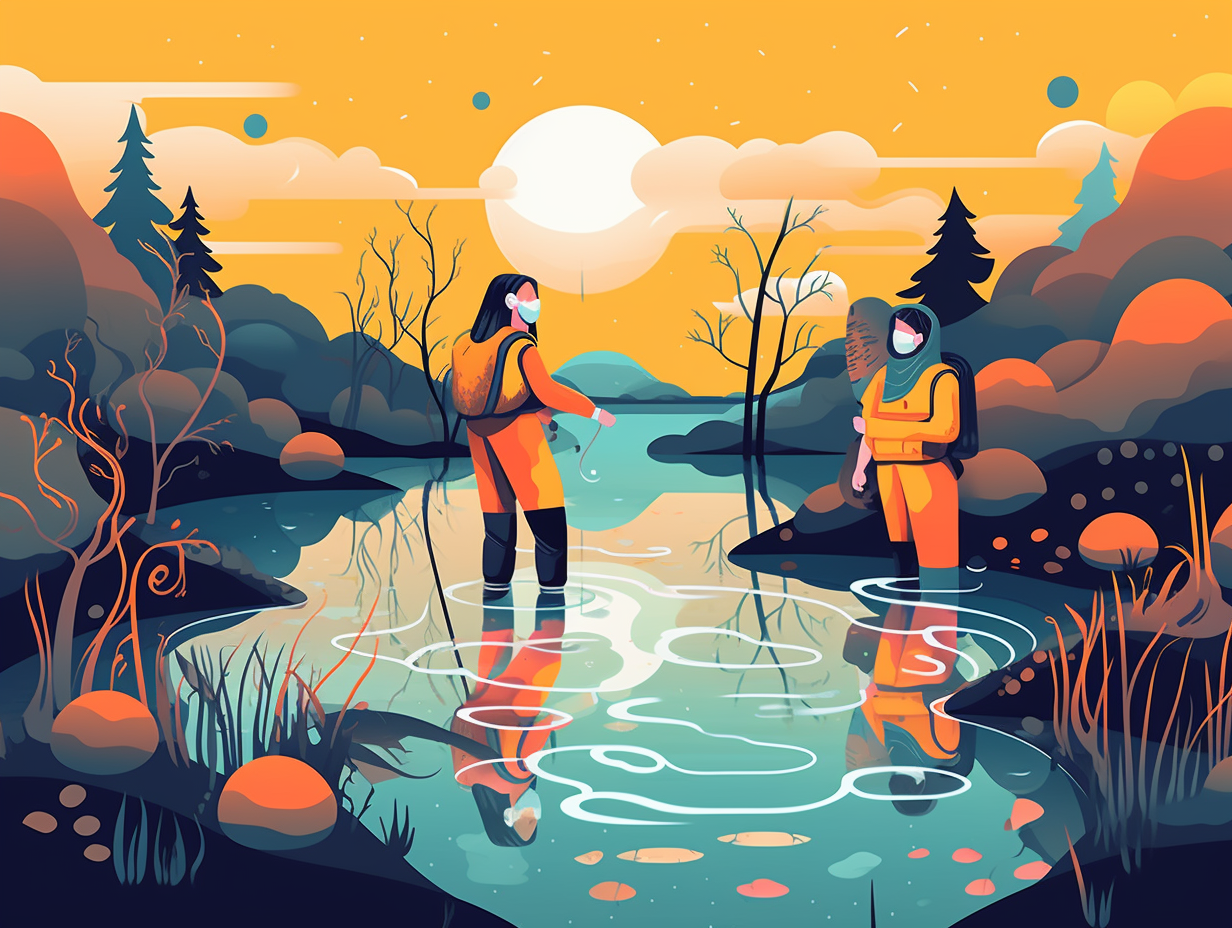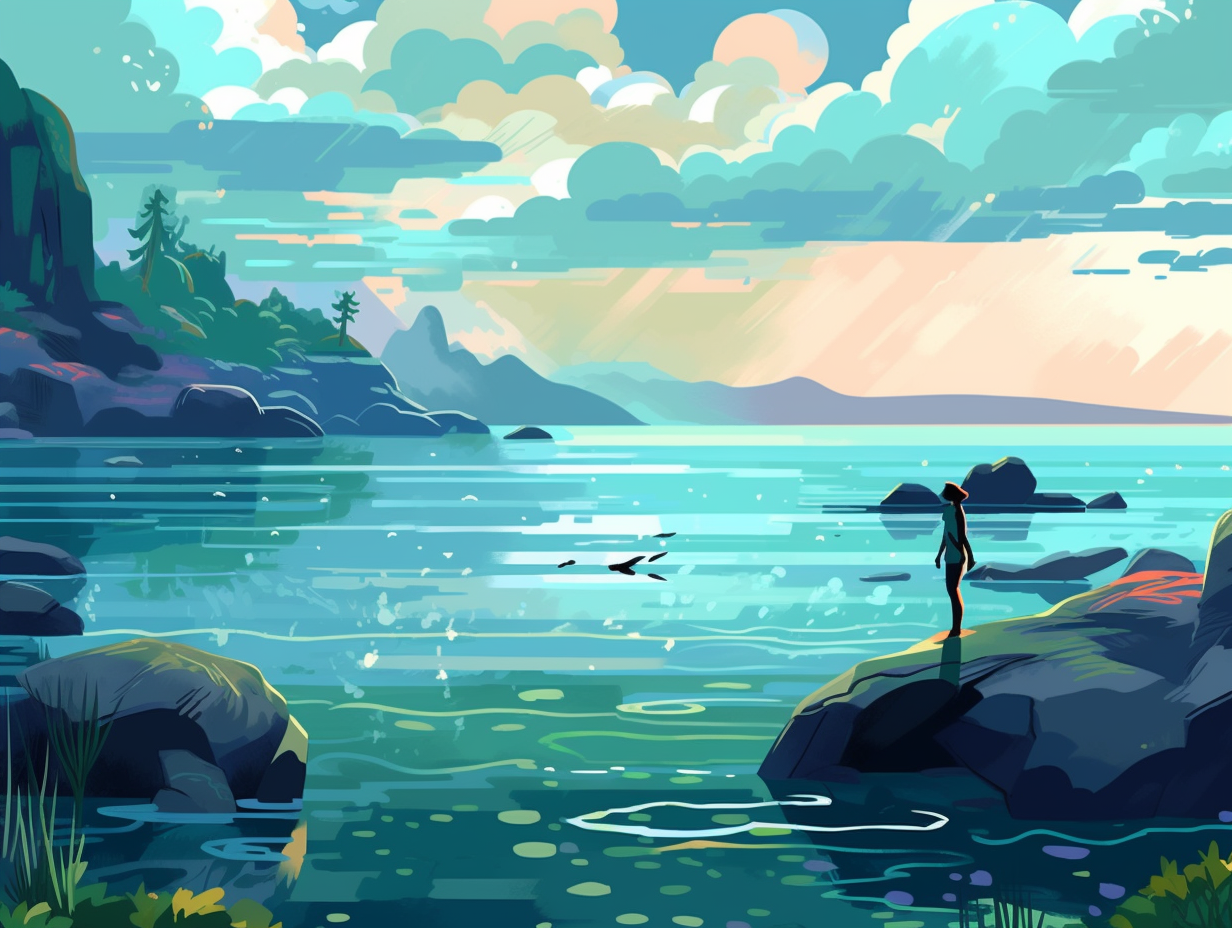Discover the Wonders: Top 14 Entertaining and Enlightening Facts About the Carbon Cycle!

1. Blue Carbon Superheroes
Move over, forests, there's a new carbon sink in town: coastal ecosystems like seagrass meadows, mangroves, and salt marshes – the blue carbon superheroes! Coming soon to a shoreline near you, these unassuming champions have a secret power: they can absorb and store carbon faster than their terrestrial counterparts, sometimes for thousands of years. But beware of their kryptonite – human activity that may damage or disrupt these ecosystems, releasing massive amounts of stored carbon back into the atmosphere, and giving climate change a sly little wink. Seriously though: coastal ecosystems have a higher carbon absorption and storage rate than forests, but damage to these ecosystems releases stored carbon and exacerbates climate change.
Source => noaa.gov
2. C3 vs C4 Photosynthesis Showdown
Talk about splitting hares: there are actually different types of photosynthesis with peculiar names – C3 and C4! Here's the lowdown: while most plants use C3 photosynthesis and produce a three-carbon compound during the Calvin Cycle, C4 photosynthesis is like the hipster cousin, creating a four-carbon intermediate compound, helping plants thrive in low light or water situations.
Source => nationalgeographic.org

Did you know igneous rocks like granite and basalt have a stylish side, influencing both interior and exterior design? Discover how Earth's crust plays a role in home decor and learn about pumice's unique holey appearance!
=> Fun Facts about The-Rock-Cycle
3. Ocean's Carbon Vampire Zone
Who knew the ocean had its own Twilight saga, starring billions of tons of carbon instead of sullen vampires and werewolves? In the deep blue seas, there's a realm known as the mesopelagic zone, but you might as well call it the "carbon vampire" zone: Each year, this underwater Twilight zone smoothly drains away roughly 6 billion metric tons of carbon from the upper ocean, lending a mighty hand in stabilizing Earth's delicate climate.
Source => pbs.org
4. Proteobacteria: The Carbon Party Masters
For those still feeling salty after the discovery of penicillin: it's time to give it up for the Proteobacteria, the real unsung heroes in the house! These chemoautotrophs create an uproar in the world of carbon by turning it into organic compounds, thus ensuring nature's wild carbon party never loses its rhythm: These incredible bacteria play a crucial role in the carbon cycle by synthesizing organic substances from basic elemental carbon and breaking down organic compounds, ensuring the carbon flows through the loop and keeping the entire ecosystem in balance.
Source => byjus.com
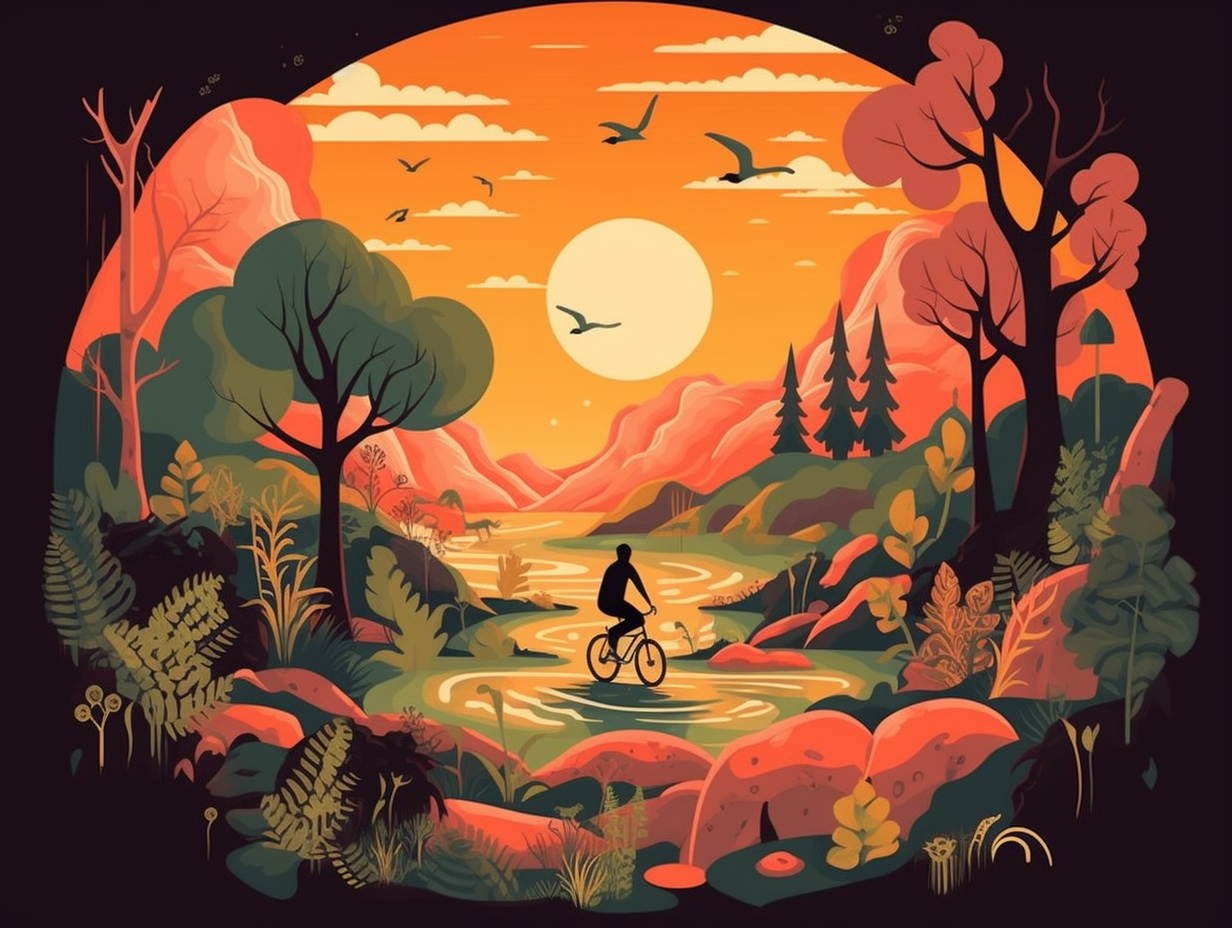
5. Plankton's Carbon Boogie Fever
Move over, plankton disco! It turns out that our tiny ocean friends take their carbon boogie from the dance floor to the basement with even more enthusiasm than we thought: A recent study uncovered that the ocean's biological pump, driven by plankton-created organic carbon, captures double the heat-trapping carbon from the surface ocean than previously estimated – and transports it down to the deep ocean where it stays for hundreds to thousands of years, significantly impacting atmospheric carbon dioxide levels and the global climate. Who knew marine snowfall could be so groovy?
Source => theconversation.com
6. A Spoonful of Carbon Dioxide
If Mary Poppins and Captain Planet were to join forces, the result might be an environmental musical number called "A Spoonful of Carbon Dioxide": Ocean acidification has increased by 30% due to excessive human activities such as burning fossil fuels and deforestation, leading to a 0.1 pH unit drop in surface ocean waters and a carbonate shortage for shell-building marine creatures like oysters and corals.
Source => noaa.gov
7. Rocks: Earth's Gossip Columnists
If rocks could talk, they'd be the ultimate gossip columnists, dishing on ancient climates, long-dead organisms, and Earth's juicy geological past: The slow carbon cycle's sequestration of carbon in rocks and sediment serves as a remarkable record of the planet's history, capturing past climates, extinct life forms, and world-shaping geological events.
Source => palmetto.com
8. Poseidon's Carbon Budget Crisis
If Poseidon were an accountant, he'd have a whale of a time balancing his carbon budget: The ocean holds about 50 times more carbon than the atmosphere, which plays a massive role in absorbing excess carbon dioxide from our fossil fuel frenzy. Sadly, this merciless CO2 raid is also lowering the ocean's pH, turning our planet's largest piggy bank into a hostile zone for shell-sporting marine critters.
Source => noaa.gov
9. Coastal Wetlands: Carbon Sink Champions
Who spilled the beans? More like, who spilled the oil! Our beloved coastal wetlands, like salt marshes, mangroves, and sea grass beds, have been busy being carbon sink superheroes, helping us maintain a balanced carbon cycle: These wetland warriors absorb atmospheric carbon and store it in their soils, sediments, and plant biomass, only to be hindered by oil spills that can impact their carbon sequestration abilities. Cue dramatic music as we continue to monitor and assess the ecological impact of these spills on our saltwater saviors.
Source => omicsonline.org
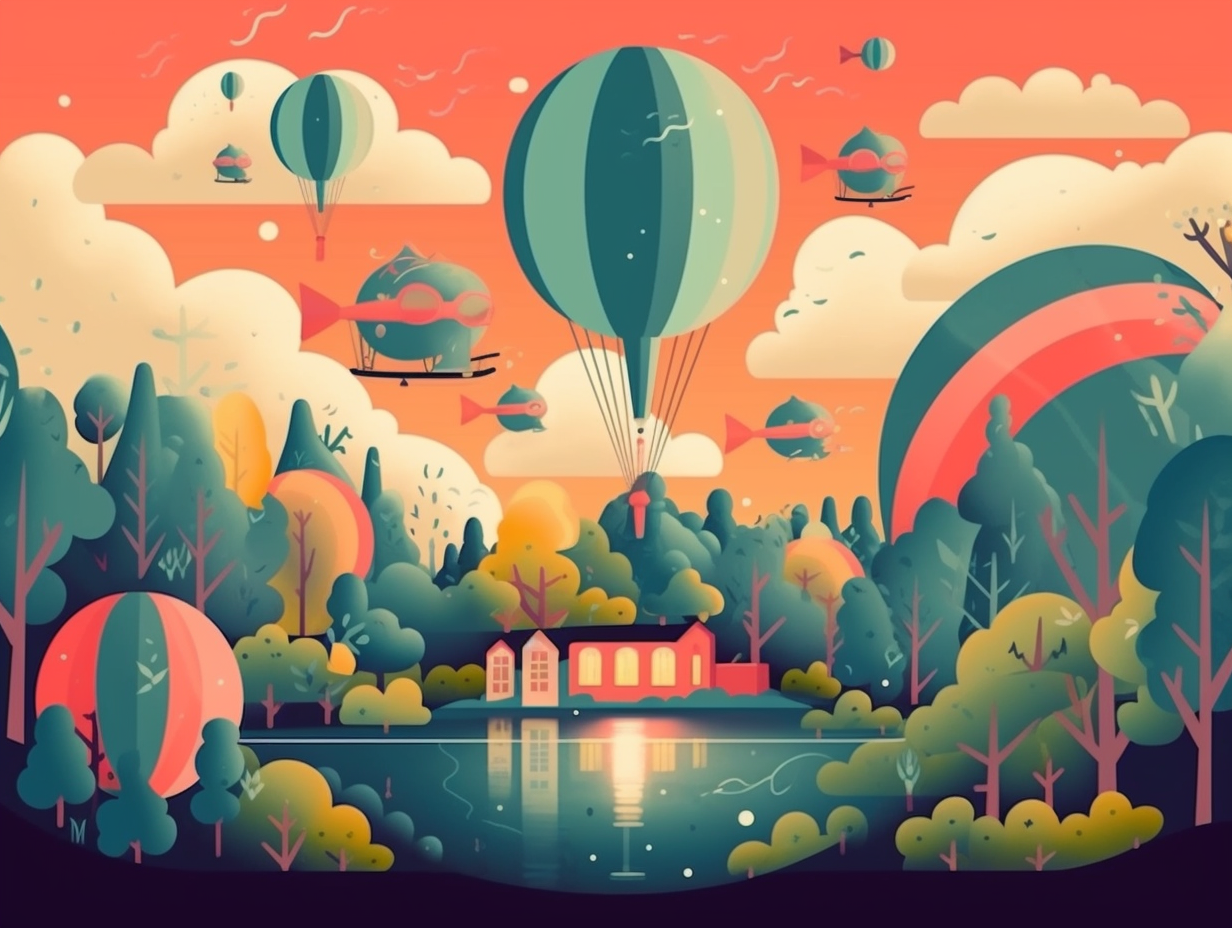
10. Cosmic Ray Speed Dating for Rocks
You know what rocks? Dating rocks! And cosmic rays are the ultimate wingman in this geological love story: They zip into our solar system at near-light speed, collide with atoms in the atmosphere, and create a cascade of reactions that produce cosmogenic nuclides, which can be used to determine the ages of rocks at the Earth's surface.
Source => antarcticglaciers.org
11. Phytoplankton: Tiny Ocean Heroes
Who would've thought that the world's tiniest undersea warriors could be our planet's unsung heroes in saving us from excess carbon emissions? They're not called phytoplankton for nothing, after all – the "phyto" part means "plant," and we all know plants crave their CO2 noms: These mighty microscopic mariners help regulate the carbon cycle by gulping up carbon dioxide from the atmosphere and using it to build their tiny shells and skeletons. When they eventually bite the dust (or should we say, "sink the plankton?"), their remains and carbon cargo plunge to Davy Jones' locker at the bottom of the ocean, a process known as the biological pump. Who knew our fate could be so intertwined with that of a bunch of minuscule seafarers? Yarrr, matey!
Source => nationalgeographic.org
12. Volcanoes: Not-So-Earth-Shattering
As they say, “a volcanic eruption a day keeps the global warming care away”: Surprisingly, volcanoes release only up to 1% of the global carbon dioxide emissions compared to human activities, making their impact on climate change hardly earth-shattering.
Source => usgs.gov
13. Climate-Friendly Toothpaste
Brushing away climate change one smile at a time: A clever group at CCM has crafted a prototype toothpaste that contains 30% calcium carbonate made from CO₂ emissions, which is equivalent to scrubbing away 22 grams of CO₂ with every dollop, ensuring your pearly whites fight against carbon emissions and dental plaque in unison!
Source => xprize.org
14. HongJiannao Basin: Nature's Janitor
We've all heard about the friend who cleans up after a party, but have you heard of nature's janitor, scrubbing away at our atmospheric mess? Meet the HongJiannao basin: This semi-arid region in northern China serves as a "carbon sink" by absorbing and storing carbon dioxide (CO2) through hydrochemical reactions, playing a crucial role in mitigating climate change.
Source => sciencedirect.com
Related Fun Facts



